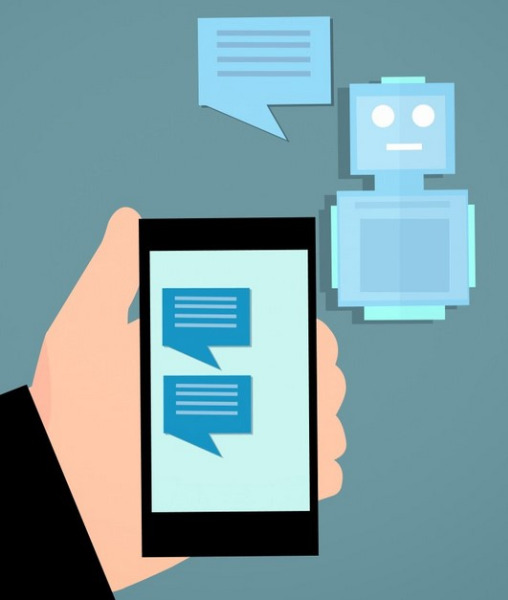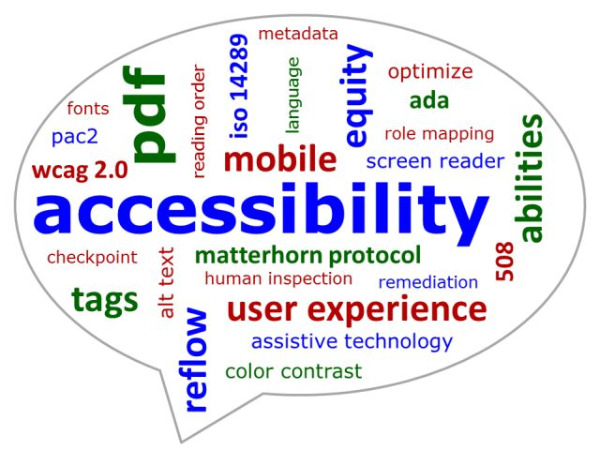The Soft Skills of AI

AI, especially its subset, generative AI, seems to be changing everything including the workplace. As machines become adept at tasks once considered uniquely human, what does this mean for the workforce, and which worker skills will become more important? For some jobs, AI will simply be complementary to the job, but the prevailing belief is that about half of all jobs will be significantly disrupted by AI.
I have never been a fan of the terms "hard and soft skills" since it seems to make some "soft" skills seem less important. Still, some historically “hard” skills will drop on the hiring credentials.
An article on www.fastcompany.com featured some soft skills that will be important in an AI world.
SOCIAL INTERACTION SKILLSsuch as listening to others in meetings, or collaborating with teammates under pressure, will remain in the human domain. A working paper from the National Bureau of Economic Research showed that almost all job growth since 1980 has been seen in jobs that are social-skill intensive, while jobs that require minimal social interaction have been in decline.
CREATIVITY especially in using AI. One study found that knowledge workers who used Chat GPT 4.0 completed 12.2% more tasks, 25,.1% faster and with 40% greater quality over those who did not use AI to perform their work. That’s astonishing data, especially the data on the increased quality level. Human workers who leverage AI and who demonstrate a combination of strong creativity and critical thinking skills will fare the best.
CRITICAL THINKING SKILLS I don't think that critical thinking has ever been off the skills list for jobs. It must be applied to evaluate AI responses since (as you may have discovered already) not all responses will be valid, unbiased, factual, or error-free. AI can generate vast amounts of data, analyses, and potential solutions at unprecedented speed, but the veracity and applicability of generative AI’s responses are not guaranteed. A uniquely human skill is to think critically.
CURIOSITY is that innate drive to explore, understand, and seek information about the world around us. AI is not curious unless it is told to be or programmed to seek out information. Workers ask questions, probe into things, challenge assumptions and delve deeper.
Yes, the rise of AI will fundamentally alter the nature of skills deemed crucial in the workplace. While some hard skills and jobs will disappear for workers, some soft skills will remain human-only and therefore will become more important - perhaps "harder" - than ever.

 When chatGPT hit academia hard at the start of this year, there was much fear from teachers at all grade levels. I saw articles and posts saying it would be the end of writing. A Princeton University student built an app that helps detect whether a text was written by a human being or using an artificial intelligence tool like ChatGPT. Edward Tian was a senior computer science major. He has said that the algorithm behind his app, GPTZero, can "quickly and efficiently detect whether an essay is ChatGPT or human written."
When chatGPT hit academia hard at the start of this year, there was much fear from teachers at all grade levels. I saw articles and posts saying it would be the end of writing. A Princeton University student built an app that helps detect whether a text was written by a human being or using an artificial intelligence tool like ChatGPT. Edward Tian was a senior computer science major. He has said that the algorithm behind his app, GPTZero, can "quickly and efficiently detect whether an essay is ChatGPT or human written." When I was working full-time as an instructional designer, I became very concerned with making courses (especially online courses) accessible. In the early days of this century, very often the college I worked at was quite focused on making accommodations for students with special needs. That was a quick fix but not a sustainable approach.
When I was working full-time as an instructional designer, I became very concerned with making courses (especially online courses) accessible. In the early days of this century, very often the college I worked at was quite focused on making accommodations for students with special needs. That was a quick fix but not a sustainable approach.